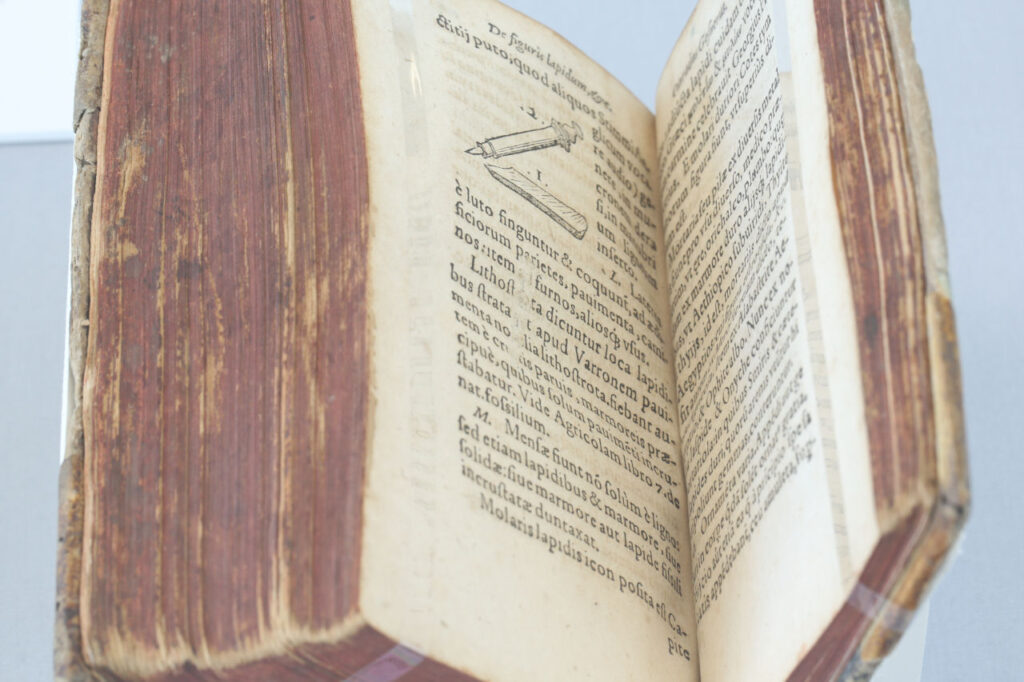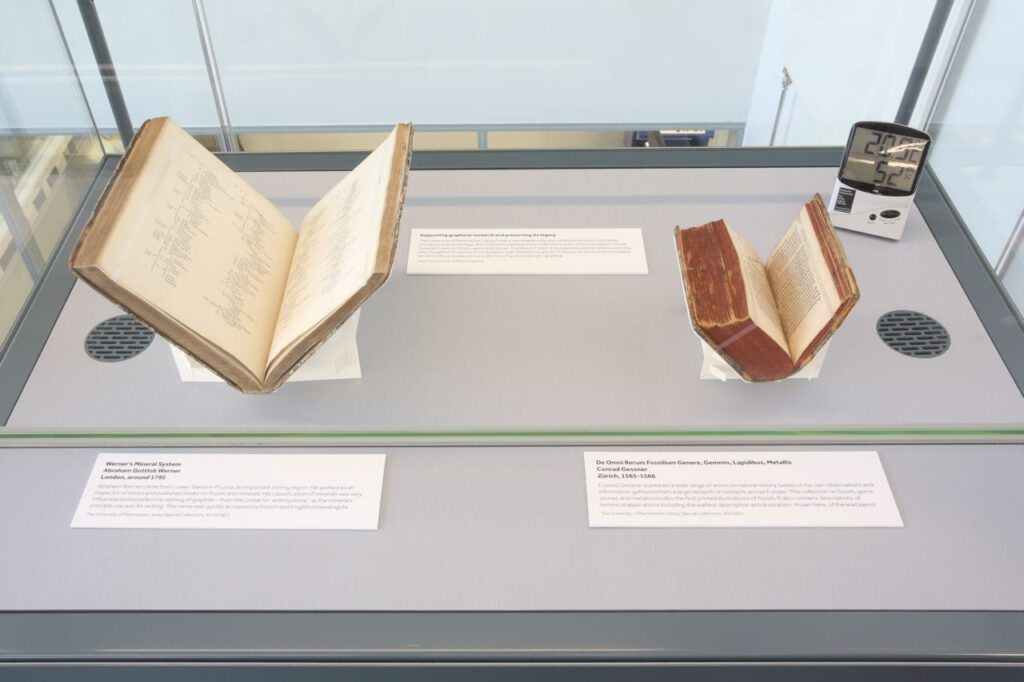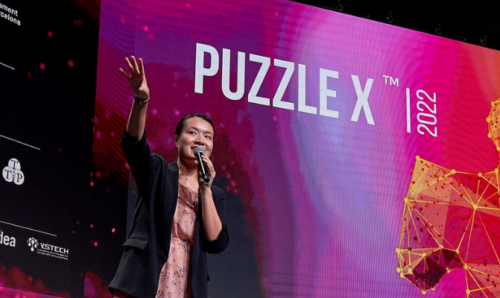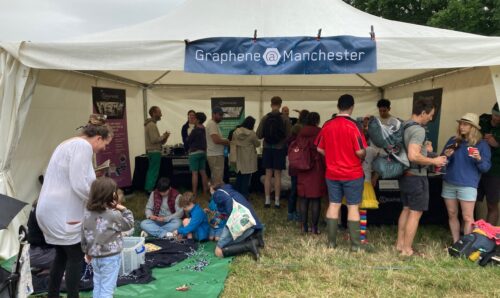Building a graphene archive
Applications National Graphene Institute Research 21 July 2015
The University of Manchester Library is playing a key role in supporting graphene research and in ensuring that Manchester’s unique contributions to the development of graphene are recorded and preserved for posterity. Since we launched a pilot project two years ago, our graphene-related activities have expanded dramatically, and we believe that we are making a real difference to the graphene community in Manchester. For me personally, as someone based in Special Collections it has provided an opportunity to work with world-leading scientists, and to show that Special Collections are relevant beyond the humanities.
Building a graphene archive
Earlier this year, Kostya Novoselov generously deposited with us his analogue archive, comprising ten laboratory notebooks. We hope that these items will form the nucleus of a growing archive, which will document the development of graphene in Manchester. We believe that in years to come Kostya’s notebooks will be as important for historians of science as the archives of John Dalton and James Joule, which we also look after. In the past Manchester hasn’t always been successful in preserving the legacy of its key scientific and technical breakthroughs – such as the splitting of the atom and the birth of computing. We can’t allow this to happen in the case of graphene.
In addition to this archive we are continuing to develop our world-class collection of historical scientific books. At Kostya’s suggestion, in 2014 we purchased a copy of Conrad Gessner’s work on fossils, gems and stones, De omni rerum fossilium genere, gemmis, lapidibus, metallis, etc. (1565). Kostya was interested in it because it contains the earliest reference to the use of graphite for pencils. The book is currently on display at the NGI.

Watch an interview with John Hodgson, the Library’s Manuscripts and Archives Manager, and Julianne Simpson, Rare Books and Maps Manager, on Gessner’s book:
Conservation
We are also working with academics and students from a number of disciplines across the University to explore the potential uses of graphene in conservation. Like many special collections libraries, we face major challenges in preserving centuries-old materials, such as fragile papyrus fragments from ancient Egypt. Traditional support media such as archival polyester have significant drawbacks.
Two postgraduate research students have recently carried out laboratory testing of various properties of graphene, such as its ability to act as a moisture/gas barrier, its UV-screening capabilities, and its anti-static properties. We can’t give away too much detail at this stage, for obvious reasons, but initial results look promising. So watch this space!
Disseminating graphene research
Manchester eScholar offers a set of services to store, manage, and disseminate scholarly work on the web.
The Library has worked with the NGI to develop an eScholar feed that automatically populates and updates graphene publication lists on an hourly basis.
This work significantly benefits the graphene research community at Manchester through rapid dissemination of its work and provides the international graphene community with instant access to the latest ground-breaking research in this field. It also ensures that all publications comply with copyright and publishers’ licensing agreements.
eScholargraphenelibraryNational Graphene InstituteresearchSir Kostya Novoselov






Leave a Reply